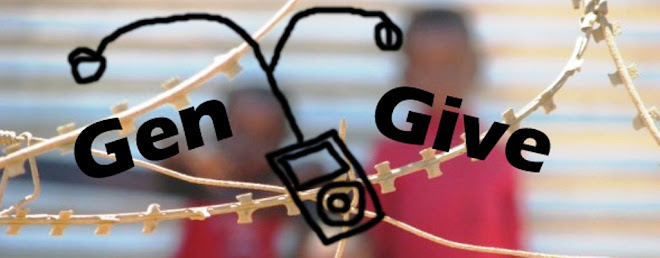My next post on this blog was going to be all about the "what is" of Gen Y-who they (we in my case) are, why they are, why you, the nonprofit marketer should care....
But then last night I came across this great article in Newsweek I just felt was too important to put away for later. The article is about a site called RushmoreDrive, which targets African American web users with all kinds of features like news, classifieds, etc. But, as the article points out, the most fascinating part of the site is that it has "a search engine that tailors its results to the proclivities of the African-American community."
"For example, when users in an area with a large black population, like Atlanta, do a search for 'Whitney,' they are more likely to be looking for the singer Whitney Houston or the civil-rights activist Whitney M. Young than for, say, the Whitney Museum, which might be choice No. 1 for users in an area with a large white population, like Boise, Idaho. By using this technique, the folks at RushmoreDrive were able to provide search results on page one that might end up on page 10 on Google—while still delivering a broad array of links that would be typical of a mainstream search engine."
How did the site founders come upon all this search information so they could fine tune the search engine's results? According to the website, they spent over a year speaking to the African American community to find out what they wanted/needed online, and used all kinds of demographic and zip code data to enhance the search results.
RushmoreDrive's approach is innovative, but not the only one trying to understand a community and its specific needs: Yahoo recently launched a "blog-type" site dedicated to attracting female web users.
What does any of this have to do with Generation Y and fundraising? To me, what the founders of RushmoreDrive have zeroed in on is the key that all of us nonprofit marketers must recognize-diverse communities have diverse lexicons, diverse points of view, diverse ways of communicating and sharing, and most importantly diverse ways of digesting and responding to information. They also did what seems most obvious, but somehow does not always happen as often as it probably should in fundraising-they asked their audience (in our case donors), what they wanted, how they wanted it, and what was preventing them from getting it.
Yes, trying to tailor fundraising, in particular direct response and direct mail, to different audiences can be a logistical nightmare. It turns into an even bigger headache with donor acquisition. Even email can limit our ability to personalize by the very fact that the options with email are limitless, so zeroing in on the right mix of cadence, personalization, "urgency", and "please don't add me to your spam folder" can drive anyone crazy.
And there is that perennial fear that asking a donor how they would like to be contacted will result in a "not at all" or "never".
And yet, if we are to reach this generation (and there will be much more discussion on this blog as to why we should) we need to internalize the understanding that younger donors have their own lingo, their own style, their own preferences. When we write them off as poor performers, are we writing them off because they will never give no matter how many times we ask, or because we just haven't figured out how to ask them?
Don’t Ignore Your Website Contact Page
4 days ago




No comments:
Post a Comment